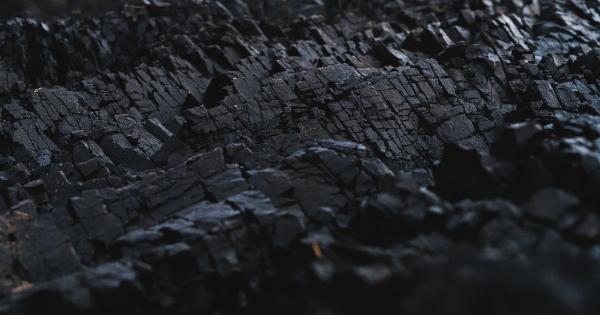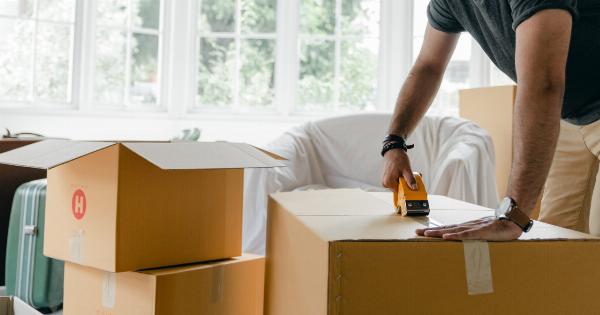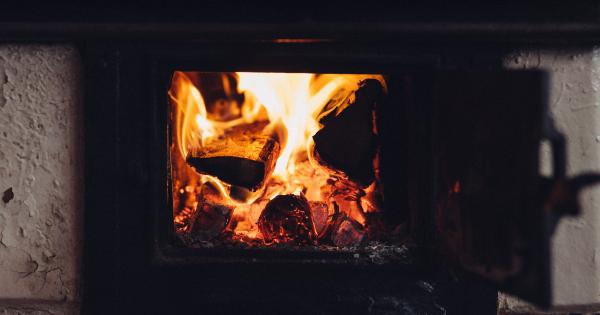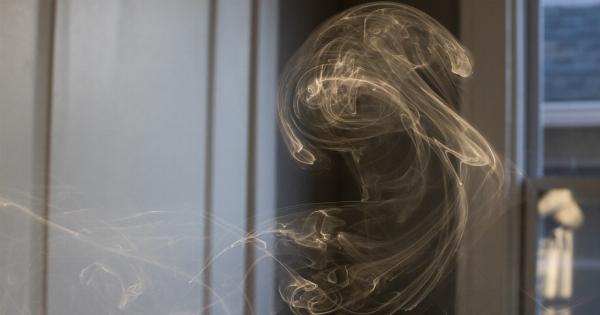There is an item in our homes that we all seldom think about, but it has the potential to cause devastating consequences. According to the World Health Organization, 1.6 million people die every year due to this item silently present in our homes.
The item is none other than the simple yet dangerous gas known as Carbon Monoxide.
What is Carbon Monoxide?
Carbon Monoxide (CO) is a colorless, odorless, and tasteless gas that is produced by the incomplete burning of fuels. This gas is highly poisonous and can result in serious health issues, including death.
CO can be found in fumes from burning fuel in vehicles, stoves, grills, fireplaces, furnaces, and particularly any appliance that runs on gas.
How does Carbon Monoxide affect our body?
CO reduces the amount of oxygen that the body’s red blood cells can carry to organs and tissues.
When we inhale CO, it is quickly absorbed into our bloodstream and binds strongly with hemoglobin (the protein in red blood cells responsible for carrying oxygen). When this happens, the hemoglobin molecules cannot carry oxygen, resulting in reduced oxygen supply to vital organs and tissues. This can lead to serious, long-term health complications, including:.
- Headaches
- Nausea
- Dizziness
- Fatigue
- Confusion
- Seizures
- Coma
- Death
How can you tell if Carbon Monoxide is present?
As mentioned earlier, Carbon Monoxide is a silent killer because it has no color, no odor, and no taste. Therefore, it can be difficult to detect its presence without proper equipment.
However, there are some signs that can indicate the presence of CO, including:.
- Yellow or orange flames from gas appliances instead of blue
- Sooty stains around gas appliances
- Increased condensation inside windows
- Strange smell when gas appliances are running
- Regular occurrences of headaches or nausea when using gas appliances
It is important, however, to note that none of these signs should be taken as the only indication of CO presence. The best way to determine if CO is present in your home is by installing a CO detector.
How to prevent Carbon Monoxide poisoning
The best way to prevent CO poisoning is by taking necessary precautions, including:.
- Regular maintenance of gas appliances to ensure they are in proper working condition
- Regular cleaning of chimneys and flues to prevent blockage
- Installation of CO detectors in the home
- Proper ventilation when using gas appliances
- Never using gas appliances for heating homes or garages
- Never leaving a car running in an enclosed space, such as a garage
Conclusion
Carbon Monoxide is a silent killer that claims 1.6 million lives annually. However, its presence can be prevented and detected through taking necessary precautions.
Regular maintenance of gas appliances, proper ventilation, and the installation of CO detectors is vital in preventing CO poisoning. The safety of our homes and the people we love are a top priority, and knowing how to prevent and detect CO presence is a crucial step in keeping them safe.



























